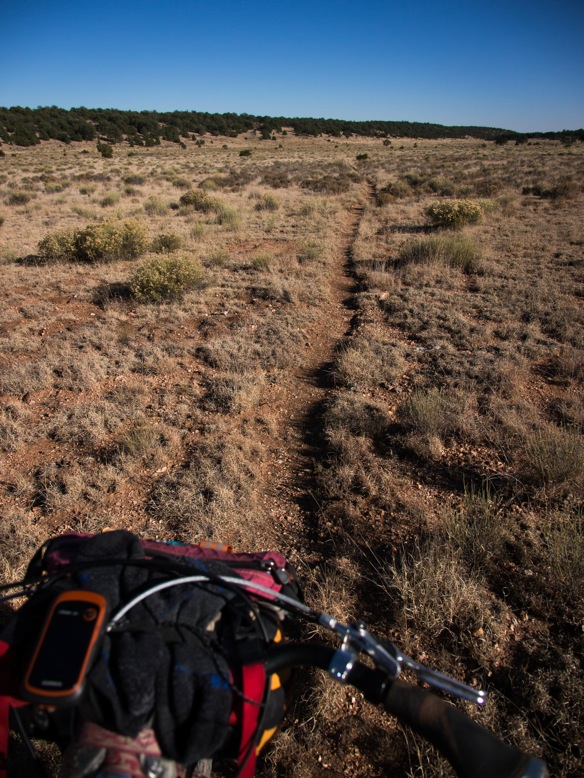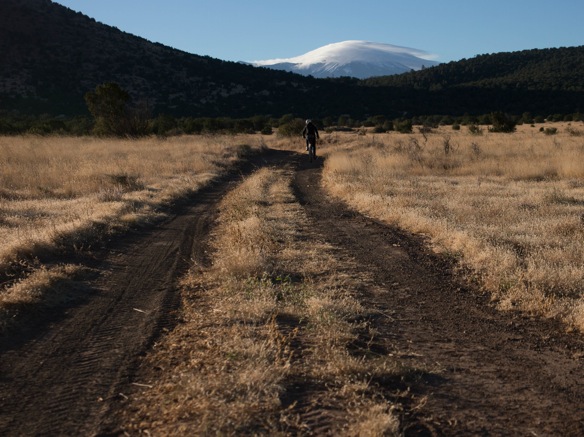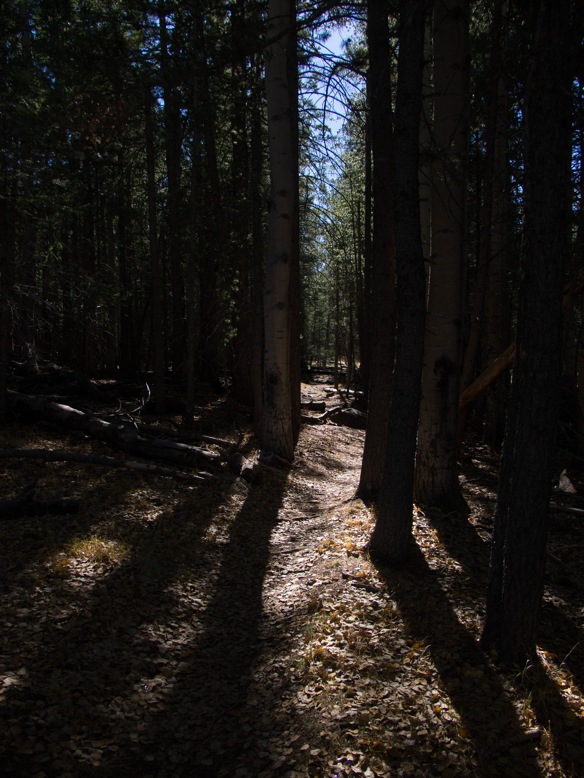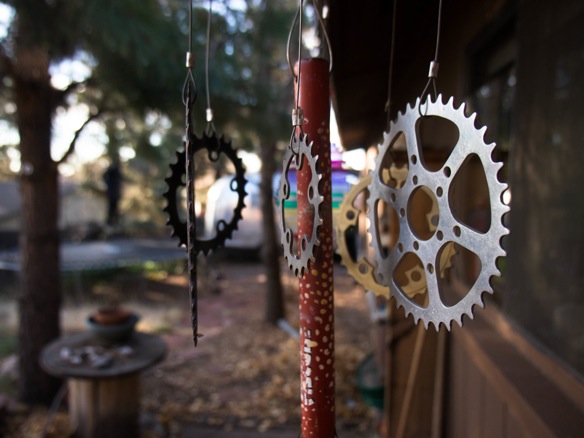
Lael on her Specialized Era Expert in the hills around Mt. Lemmon. The AZT is an incredible resource. For an alternate cross-Arizona route consider blending the AZT with the Flagstone 500 route which incorporates Sedona, some of the Coconino Loop, and the Black Canyon Trail, thereby avoiding paved detours along the middle section of the AZT. Both are worthwhile routes through the state. The Arizona Trail, or more accurately the AZT750 version for mountain bikes, should make every avid bikepacker’s list. Check out Part I (Utah to Flagstaff) and Part II (Flagstaff to Picketpost) from our travels on the Arizona Trail.
She introduces herself as Corinna. Asking where she is from, a question which is similarly challenging for us to answer, we receive a short history of her life. She has recently taken a new job as a librarian in Durango. She rides a Salsa El Mariachi. The staff at Velorution Cycles are knowledgable and supportive, she tells us, and this is her first solo bikepacking trip. This is her third, or perhaps fourth morning on the Arizona Trail. We’ve been living on the trail for over two weeks, minus a five-day layover in Flagstaff during the rain. Sitting with legs crossed, mixing Emergen-C vitamin drinks and dining on rice crackers and apples, the first thing I notice at eye level is the pattern of bloody scratches on her shins. Ours looked the same just a few days ago, although by now the lightly scabbed wounds hardly show. We inquire, knowingly, about the trail ahead. We share similar details of the trail north of Oracle: overgrown, hard to find, and prickly. But we’re happy to report— as we are crossing paths in opposite directions— that she is soon to enjoy the smoothest part of the entire Arizona Trail in the downhill direction. If she was overjoyed at the good trail ahead, she doesn’t show it, nor do we grimace to learn that more leg scarring thorns lay ahead. Like choosing to go cycling in England, you can’t hate the rain. You can’t hate Arizona for rocks and thorns and 90 degree heat. Most of the time, being here is pure desert bliss.
We arrive at the Picketpost Trailhead, the beginning of this section and the end of the long detour around multiple wilderness zones, with great excitement. From our last time in Arizona in 2013 when we connected from Tucson back towards Phoenix via this route, this section was one of our favorite routes in the state. The trail climbs several thousand feet along rideable singletrack to a series of high points, tracing high lines on the walls of deep canyons, plummeting down to the Gila River and the lowest point on the entire AZT. The trail from Hwy 60 (Picketpost) to the small community of Kelvin on the Gila River is the keystone in the AZT, the most recently completed section of trail. It is also the most stunning ridable section of trail— thereby excepting the Grand Canyon and sections of the Highline Trail. This section is nearly 100% rideable.
Descending to the Gila River mid-afternoon, we spend more than an hour swimming in the shade. By the time we are back on the bikes, the sun is low in the sky. Even though we know better, we’ve miscalculated the remaining distance to Kelvin, where we hope to refill our waters. The silty Gila River would be fine if treated, although we’re only traveling with a few spare chemical treatment tablets from South Africa with dubious properties. The remaining 15 or 16 miles are wonderful riding, a little longer than expected, a little more topography than expected, and naturally, a little slower in the dark. As we close to within 7 miles of Kelvin, in the dark, we both run out of water. I have been rationing for the last hour and am quickly thirsty. Without spoken agreement, we begin riding faster, grunting up short steep climbs, trusting the shadows and riding blind around tight corners. It is an exhilarating ride fueled by desperate thirst. We arrive without water, although Lael exhumes a small bottle of spirits out of her framebag and we wet our lips like sunburnt cowboys. For a moment, it quenches the thirst. We race the final mile to Kelvin for water. Up the road there is supposed to be a trailer court. We travel in that direction, into the darkness, but soon return to the glowing yellow lights of the locked ADOT yard. I climb and squeeze between the gate and load all of our bottles and bladders with brackish, yet potable tap water. Outside the fence we each consume over two liters while laying in the gravel, enjoying the feeling of mid-summer in October, now at 1600ft in southern Arizona. I return to refill our bottles, tearing the back of my cut-off t-shirt on a piece of barbed wire. We roll away to camp for the night.
The following afternoon, forty or forty five miles down the trail towards Oracle, we cross a large wash and a low point on our track. Rain clouds loom overhead, and only a short distance stands between us and our next resupply in the town of Oracle. I reason that we could arrive just after dark, perhaps and hour after sunset, two hours maximum. Lael is skeptical, fooled one too many times by me, by straight-line mileage, and by the Arizona Trail. We scout a route down into the valley, where we expect to find a paved road and several towns. We race down Camp Grant Wash, keeping to the crusted sediments along the edges of the dry seasonal riverbed, avoiding the soft jeep tracks in the center. We arrive at the railroad line adjacent to the road and ride the remaining miles into Mammoth in the dark. It is a long detour for food, but since we are traveling without shelter, it also assures some chance of finding cover if needed. We eat canned beans from the Dollar General and fresh pico de gallo from the new Mexican grocery next to the Circle K. We sleep in town for the night, on a hill just above the main road. In the morning we ride back out to the mouth of the wash and back up toward the trail.
Leading the way up the wash without GPS– as I have attached it to Lael’s handlebars for this trip– I miss the turn onto the trail. I continue further and further up the wash until nothing looks familiar, thinking the trail crossing is still ahead of me. I push towards rock outcroppings and even a windmill, faint recollections from yesterday afternoon. But in different light, in a different direction, nothing looks familiar and I am lost. I could go back the way I came, but I feel like the AZT should still be ahead of me, or right near me, and I don’t know how to admit defeat and turn back. I ride up a well-travelled side drainage toward the south, reasoning that I will at least cross the AZT at some point, but I don’t. I climb and climb and climb the sandy track, desperate at least to gain some view of something. By the time I reach elevation, I am hopeless that I can solve this riddle and resolute that I must retrace my steps, all of them. But by that time I figure Lael will have left the wash, and would have gone back to Mammoth or toward Oracle on the AZT. We don’t have cell service, nor an obvious meeting place. I crest the hill and continue along the road. I cross the Arizona Trail and begin back toward the wash. But I discover that I am actually headed in the wrong direction, toward Oracle and away from Lael. I reverse my route and now begin riding toward the wash on the AZT, about two thousand feet below. The trail climbs and falls over a series of rounded peaks in these folded mountains. I’m charging around corners at race pace, trying to make the most of my mistake and to find Lael as soon as I can. Coming down the final rocky ridge toward the wash, I finally spot Lael walking her bike up the ridge. We’re overjoyed at the encounter, nearly two hours after we split. She decided, finally, that she would continue toward Oracle. She left a note at the trailhead in the wash. I fall to the ground, needing a proper meal. Lael is crying and laughing. It feels like a miracle, but we soon pack up and begin toward Oracle, together.
In three days, we’ve run out of water, run out of food, and lost each other. That’s the price of riding like vaqueros, too confident in our abilities and in my sense of direction. That, and the final ride to Oracle is a mess of overgrown trail, hard to follow and famously prickly. That is how our legs came to wear all these scabs and scars, branding from the trail. That is how Corrina and Lael and I commune upon meeting.
The rains finally arrive in Oracle, and we seek shelter for the night under cover of $1.50 pints of Miller Lite at the Oracle Inn and a country band with a digital drummer. We sleep under the pavilion to the side of the post office. Gusting winds blow the rain sideways and I barricade our exposed down bags by turning several picnic tables on their sides. In the morning, we resupply and head up Oracle Ridge.
Oracle Ridge holds great weight around here, much like the Highline Trail and the Grand Canyon—these are the epic obstacles on an otherwise challenging route. But, Oracle Ridge isn’t as bad as we had expected. There is some rideable trail, some easy hiking, and some shrubby overgrown trail which could be a lot worse, which is proof that the trail isn’t very good. The fact that this is still the Arizona Trail is remarkable considering the many sections of trail which receive frequent maintenance, seemingly swept clean on a daily basis. We reason that even though we are carrying our bikes up 4,000ft, most people wouldn’t be able to ride much of the descent anyway. About six hours after leaving Oracle, we exit the trail at Summerhaven, 20 miles and 4000ft away from our starting point.
The AZT750 continues along a prolonged stretch of pavement around wilderness, including a long descent, which stings after such a hard-fought ascent. We enjoy the mellow pedal down Mt. Lemmon and seek shelter for a third night under the overhang of a locked concrete block toilet shelter in a closed campground. In the night, we rearrange ourselves to avoid pooling water from the rain.
Our ride resumes as the AZT exits wilderness, on a section of trail between Molina Campground and Redington Road, where it detours yet again around wilderness, channeling us into Tucson for the night. Leaving Tucson begins a manicured section of trail through Saguaro Nation Park, the Colossal Cave area, across Cienega Creek, and under I-10. And that’s where we meet Corrina, the only cyclist we meet along the entire AZT.
We tell her that we’re from Alaska, that we work seasonally and spend much of the year riding bikes. She pauses, and asks our names.
“Nicholas.”
“And I’m Lael.”
Corinna informs us that she followed Lael’s Divide rides this summer and that it inspired her to get out and ride the AZT by herself.
“Don’t curse me when the trail goes to shit”, Lael clarifies, distancing herself from responsibility. “Mostly, the Arizona Trail makes me want to ride a road bike.”
We laugh and point our tires in opposite directions.
——————————–
Resupply, bold is on route: Superior, Kelvin (water), Kearny, Oracle, Summerhaven, Tucson, La Sevilla (water), Sonoita, Patagonia
Superior is 4 mi from Picketpost, Kearny is 7 miles off route, Oracle is 2 mi from the road crossing, Tucson is minimum 1.5 miles to decent resupply. Kelvin is water, only.
Download the complete AZT750 track at Topofusion.com. Get current water date from Fred Gaudet’s site.
——————————–
Leaving the Picketpost Trailhead toward Picketpost Mountain.


The trail reaches a series of high points. The jeep track indicates the next high point in the distance, although the trail is hidden along the hillsides to the right.

Epic AZT. Rideable AZT.





Coming over the third and final high point.

Beginning the descent down to the Gila River.

Ocotillo.

Saguaro.


The 15 or 16 miles along the Gila River seem to catch many people off guard. Don’t underestimate this section. There is some great riding, but these aren’t free miles.


This is the Gila River. Lael shares with me that on the Tour Divide, she sang the tune of the song “Tequila” to herself in the night while riding through the Gila. Insert “the Gila” into the song, in place of “tequila”, then repeat the tune over and over and over. These are the secrets to riding 200 mile days.

Into the night, out of water.


Kelvin is just a dot on the map, no services other than water are available. Kearny is about 7 miles down the road from here if necessary. Oracle is another 60 miles of mostly singletrack.

The Gila River.

The much-loved Ripsey segment. Views and high quality ridgetop singletrack.






The Meriwether is at home on many of these trails. I think less often about full-suspension bikes, as a result.
I’m happy to see a hardtail revival in the new breed of 27.5+ bikes like the Advocate Hayduke, Jamis Dragonslayer, and Marin Pine Mountain 2, but why are 29” trail hardtails losing steam, especially with the now common wide trail rims? Even a company like Salsa, who claims the “Adventure by bike” motto, allows their El Mariachi 29er hardtail to languish in mediocrity while chasing esoteric “bikepacking” models?
I replaced my broken front derailleur in Flagstaff with a Shimano SLX direct mount unit.

We’ve learned a lot in the past year, or year and a half. In that time Lael has learned how to navigate by GPS, she’s ridden three different bikes, and clocked a whole lot of miles and saddle time. Riding the Specialized Era on the AZT is a really positive experience, and puts her technical skills on a fast track.


I cut my rear tire sidewall, a Maxis Ardent EXO casing. Lael adds stitching sidewalls to her toolbox.


At Freeman Rd., a little used trailhead provides a much needed water cache along this 60 mile stretch of trail between Oracle and Kelvin. A local motel owner in Oracle stocks this cache, and leaves his business card with a welcoming note.

Cholla forests plus wind equal lots of cholla in the trail, lots of cholla in our tires, and lots of cholla in our legs.
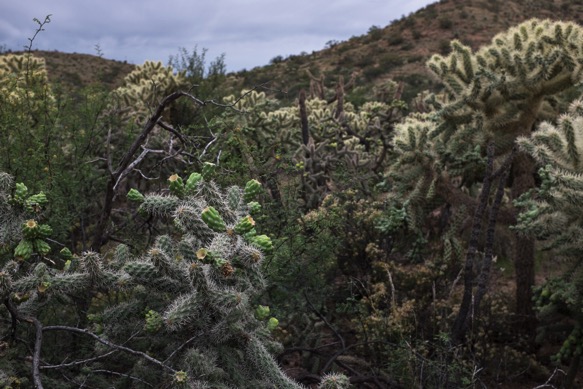
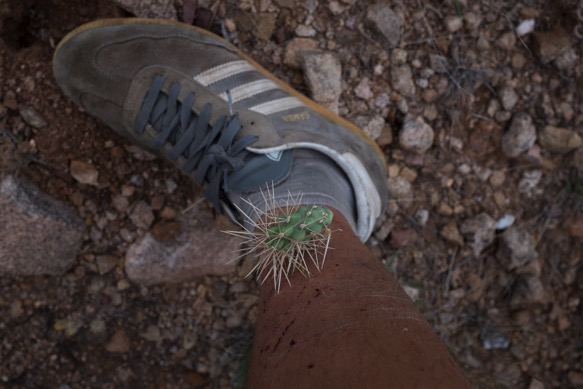
Windmills and washes. This section isn’t the most scenic, but the riding is great and old ranching history is abundant.

Camp Grant Wash, our detour route to Mammoth.

The threat of thunderstorms leaves little more than a few drops, but an impressive rainbow.


In rural Arizona, you can count on Circle K.

Mammoth.

Camp Grant Wash features a substantial freshwater seep. We pulled water straight from the source.

The remaining trail to Oracle is overgrown with dry grasses, which are losing lots of sharp seeds this time of year. Acacia thwart low points and drainages. Cholla pepper the hillsides.


Oracle.

Oracle State Park, en route to Oracle Ridge. The first miles out of Oracle are great!

Mt. Lemmon and Oracle ridge loom in the distance. Thunderstorms threaten.

Classic AZT signage.

The smoother side of the AZT.

This is the part where we joke about how pleasant Oracle Ridge is, before the trail turns up, and before the trail nearly disappears.

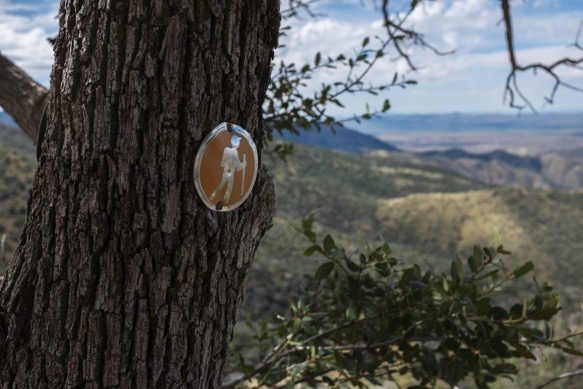

There are some rideable sections of singletrack, and a substantial section of jeep track in the middle which is rideable.

There is a trail in there somewhere…

Looking east over the San Pedro River.

Rocky, overgrown, but not too bad with the bike. There is a nicer way to ascend or descend, along the Oracle-Mt. Lemmon Rd., a winding graded dirt road connecting Oracle and Summerhaven.

 ‘
‘
Some riding.

Ducking and crawling with the bikes.

The final section includes some on and off riding, although there are definitely several miles without riding. We’re happy not to have to fight thorns, at least.
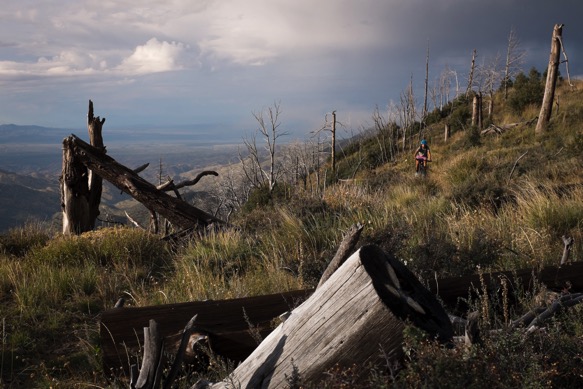
The paved Catalina Highway takes as back to 5000ft. This is one hell of a road climb from Tucson.

Shelter from the storm. Mostly, traveling without a tent has been a blessing. Instead, we brought a simple ground cloth and our sleeping bags and pads. Lael is using an XS Therm-a-rest Prolite pad, and I’m on a 99cent windshield sunshade.

Just over the hill from the Molino Basin Campground.



There is a lot of clear freshwater this time of year. We both bathe and splash for a bit.

The AZT750 route soon departs the actual AZT again as the trail continues into the Rincon Mountain Wilderness.


The AZT750 take a series of rough 4×4 tracks back to Redington Road, an unpaved access road connecting us with metro Tucson.

Redington Road is all guns, and lite beer, and 4x4s.

Leaving Tucson, following a pleasant paved section of about 15 miles, we reconnect with some of the smoothest singletrack of the entire route in Saguaro National Park.



Water at La Sevilla Picnic area, between Saguaro NP and I-10.

We continue south of I-10 on more super smooth trail, trying to finish in time to get back north for an upcoming weather window, which will be essential for Lael’s AZT750 ITT.

Corinna, from Durango, CO on her Salsa El Mariachi with 1×10 drivetrain and Maxxis Ardent 29×2.4” tires. She is the only bikepacker we met on the entire trail. Read Corinna’s story about bikepacking the AZT300 on the Velorution site.
Lael later admits that she is surprised to meet a woman alone on the trail. I suppose it gives her some perspective regarding all the strange reactions she has gotten while traveling alone.

The AZT: hike, horse, and bike.

We peel away from the trail at Sonoita, needing time to get back north so that Lael can do it all again. I thus continue a pattern started 8 years ago. I have never completed a route or trail. There is always reason to come back.

Our shins will heal and we’ll be back for more of the AZT. Arizona will always be one of our favorite places to ride.
























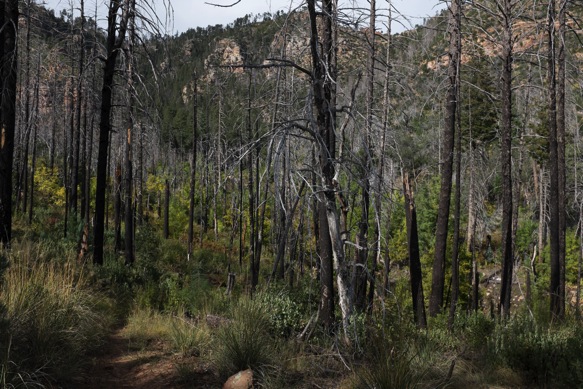












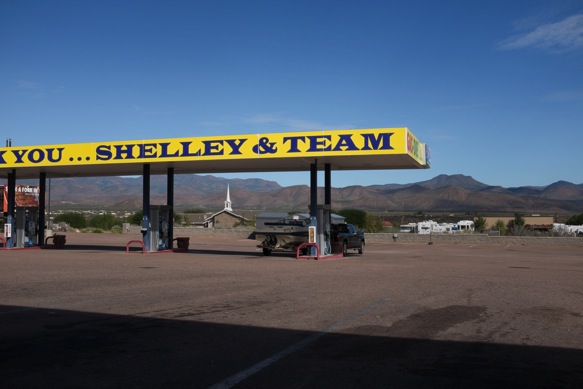
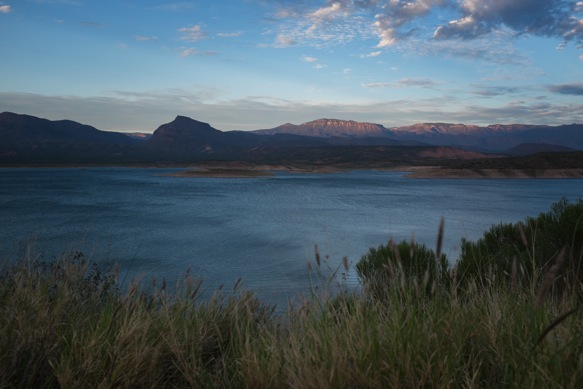





















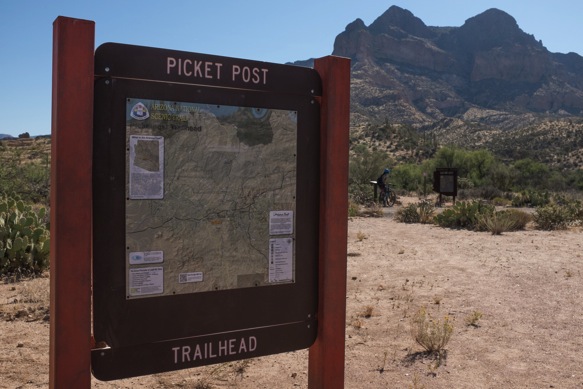




























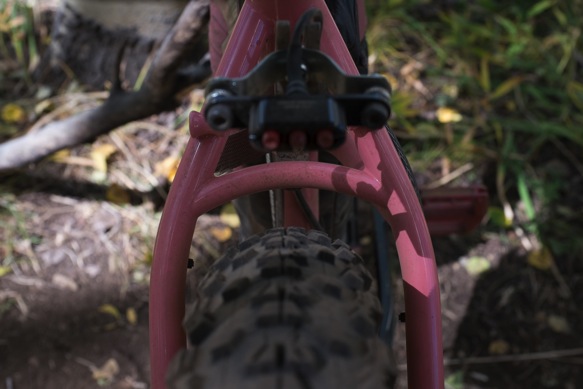





























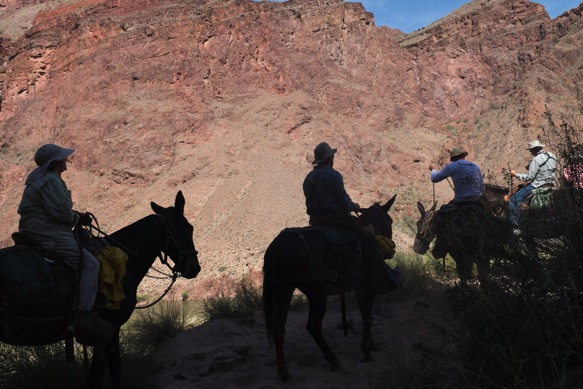
















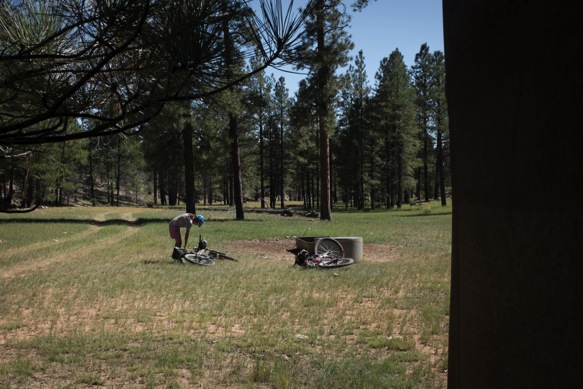






















































































































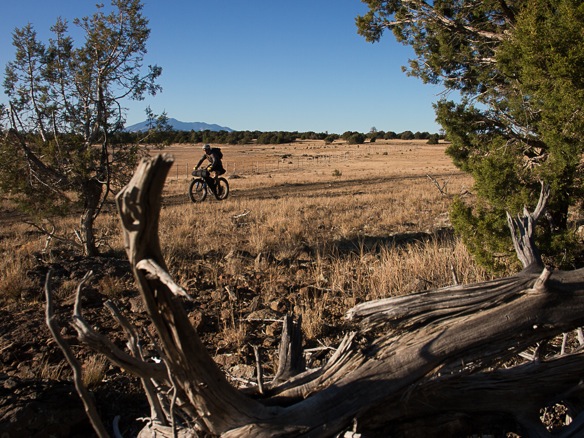













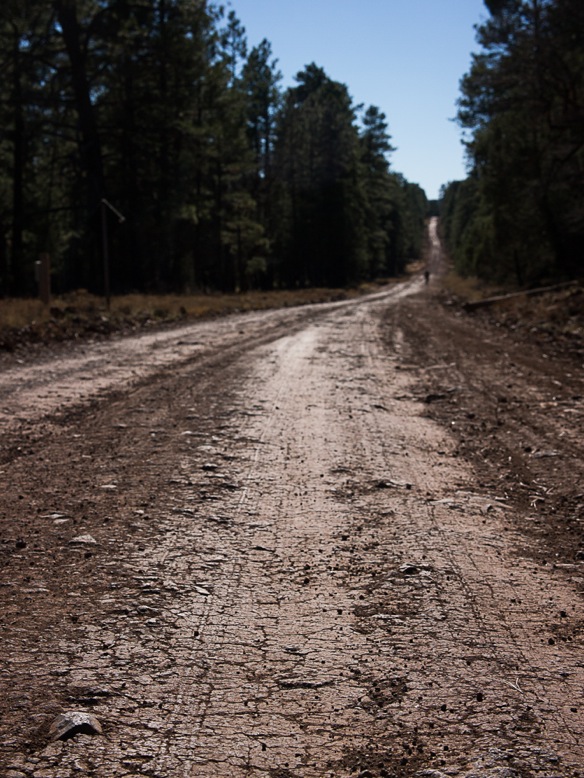














































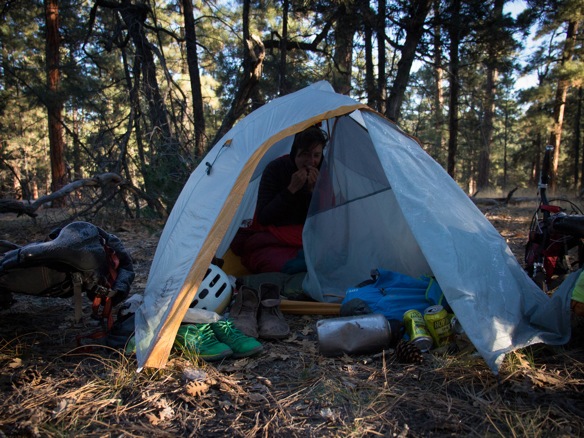
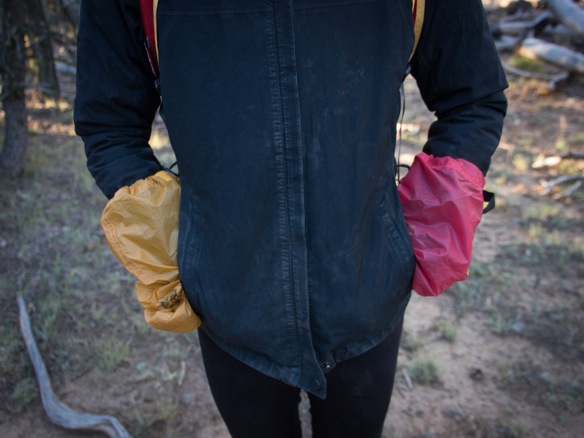


 \
\
















